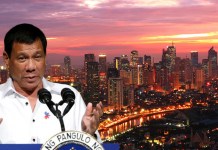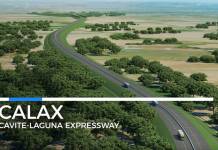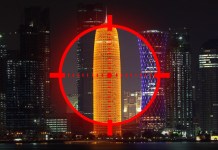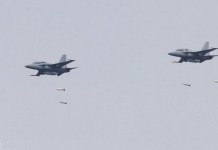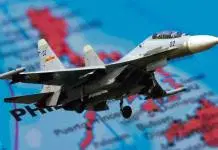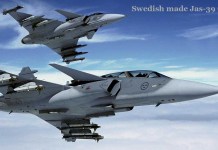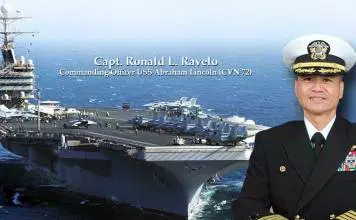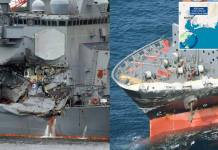
A report of the incident from the ACX Crystal cargo ship’s captain explained that the American destroyer was struck by their container vessel on the waters of Japan failed to react to warning signals or take evasive maneuver before an impact resulting in the death of seven of its crew members.
Investigators from the Japanese and American authorities are under way, looking for an answer on how the considerably bigger ACX Crystal container ship and the guided missile warship USS Fitzgerald collided in clear weather south of Tokyo Bay in the early hours of June 17.
The container ship’s captain said that the ACX Crystal had signaled with flashing lights after the Fitzgerald “all of a sudden” steamed on to a course to cross its path.
According to a copy of Captain Ronald Advincula’s report to Japanese ship owner Dainichi Investment Corporation that was seen by Reuters. He explained that the container ship steered hard to starboard (right) to avoid the American destroyer, but hit the USS Fitzgerald 10 minutes later at 1:30 a.m. and the American navy declined to comment.
The crash tore a cut beneath Fitzgerald’s waterline, killing seven sailors in what was the greatest loss of life on a U.S. Navy vessel since the USS Cole was bombed in Yemen’s Aden harbor in 2000.
The Fitzgerald’s Captain suffered injuries in his cabin while the seven US crews that perished were in their berthing compartments, suggesting that no alarm warning of a fast approaching impact was sounded.
The U.S. Navy’s Seventh Fleet spokesperson in Yokosuka, USS Fitzgerald’s home port, said he was unable to comment on an ongoing investigation.
The collision incident has triggered six investigations, one from the Japan Transport Safety Board another from the Japan Coast Guard, two internal hearings from the US Navy and a probe by the United States Coast Guard (USCG) and also the Philippines government are conducting a separate investigation.
Media reporters were not able to contact Captain Advincula because he was no longer in Japan while Spokesmen from the ship owner, Dainichi Invest, US Coast Guard, Japan Coast Guard (JCG) also declined to comment.
The witness testimony and electronic information are among the important things needed in the investigations in order to analyze and decide how a US destroyer fitted with refined sophisticated radar could be struck by a vessel more than three times its size.
Another concentration of the probe has been the time span it took the ACX Crystal to report the crash. The JCG says it was first informed at 2:25 a.m., almost an hour after the collision.
In his report, the ACX Crystal’s captain said there was “perplexity” on his ship’s bridge, and that it pivoted and come back to the collision site after continuing for 6 nautical miles (11 km).
Shipping data in Thomson Reuters Eikon shows that the ACX Crystal, chartered by Japan’s Nippon Yusen KK, made a complete U-turn between 12:58 a.m. and 2:46 a.m.
Source: Reuters


